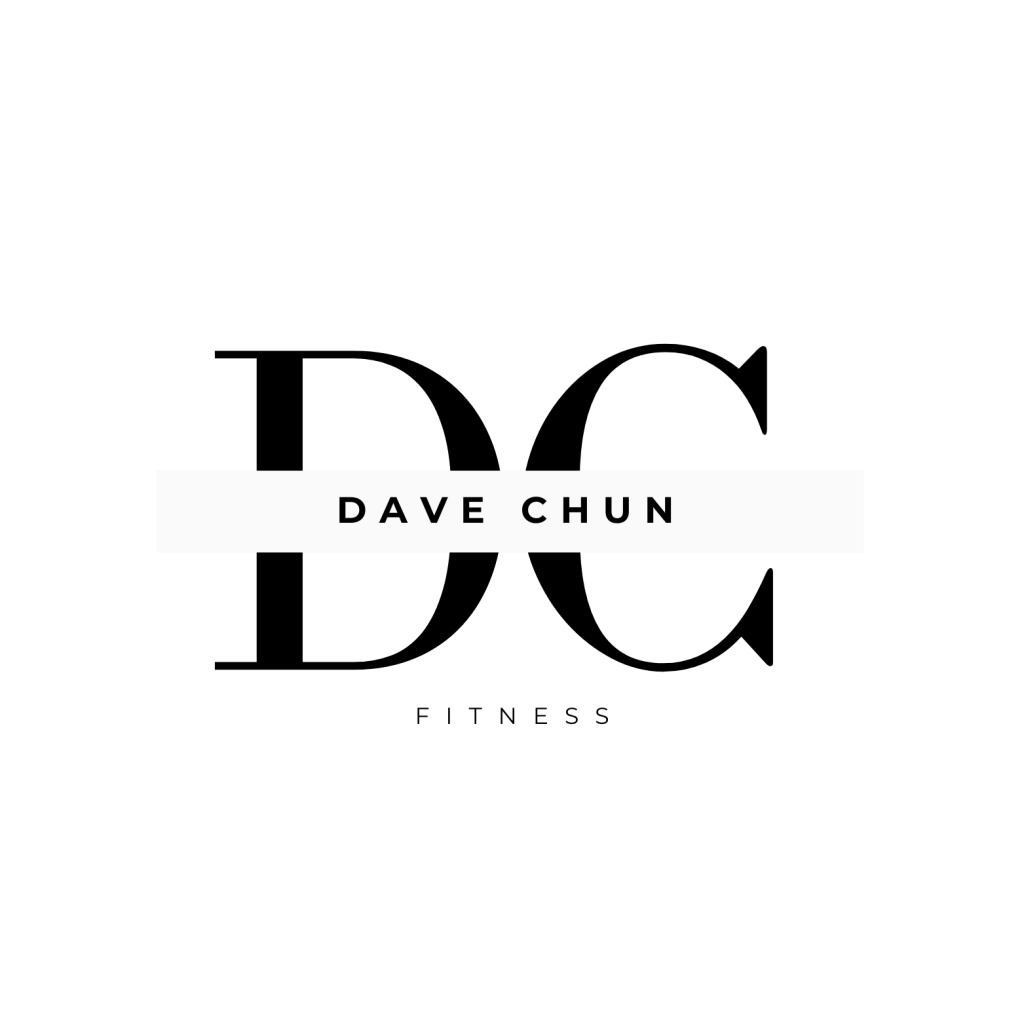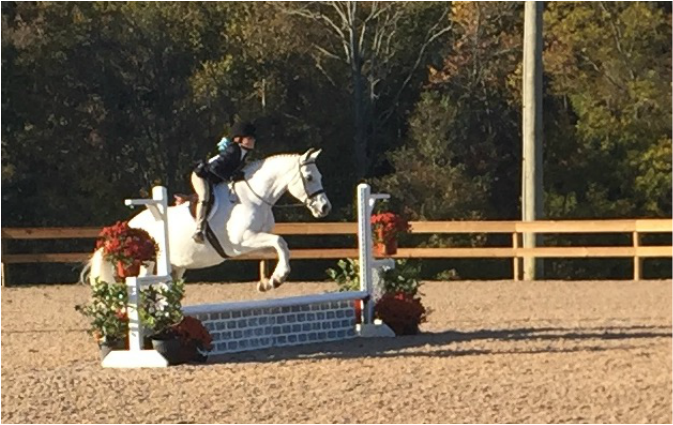I started to dig a little bit about equestrian sports and found some interesting stuff:
The first studies I came across looked at collegiate riders. The studies found two things:
1) The riders lacked the adequate physical conditioning compared to athletes in other sports.
2) The riders registered moderate rate to high heart rates during following equestrian events:
157 dressage, 180 showing jumping, and 187 cross country.
They also noticed a 10% loss of grip strength after their rides. The researchers concluded that a lack of conditioning with concurrent high demand of riding might be contributing to the growing number of injuries observed in the sport.
In another study on posture, flexibility, and grip, the demand of dressage can distort posture and therefore riding predisposed them to higher incidents of lower back pain.
Next, I reviewed two studies examining injury rates of equestrian riders. The studies reported that there are 76,000 to 88,000 equestrian-related injuries per year–60-80% of injuries result from falling off the horse; 3-15% from being kicked; around 10% injuries of either the ankle, foot, or the toe.
According to my gumshoe undertaking, equestrian activities are serious endeavors demanding skill, strength and conditioning. Like any competitive sport, equestrian riders need proper trunk strength and overall conditioning to withstand the demands of being on top an animal that can travel up to 40 mph and weighs, on average, 1500 lbs.
I remember when I was 6 years old being put on top of a horse in an amusement park in Korea. If memory serves me right, I felt a certain sense of nobility and grace on that horse. It is called a sport of kings after all. And that means we should all be thinking about equestrians for the athletes that they are.
So, I’m interested in doing some further research on the specific training needs of equestrians. I’d would love to talk to these athletes more about the issues they face, their concerns, and their goals and see how I can help. Feel free to contact me at dtchun@yahoo.com if you’d like to connect.
- Ceroni, D. Support and safety features in preventing foot ankle injuries in equestrian sports. International SportMed Journal 2007;8(3):166-179.
- Devienne MF, Guezennec CY. Energy expenditure of horse riding. European Journal of Applied Physiology. 2000;82(5–6):499–503.
- Havllik H. Equestrian sport-related injuries: A review of current literature. Current Sports Medicine Reports. 2010;9(5):299-302.
- Hobbs SJ, Baxter J, Broom L, Rossell LA, Sinclair J, Clayton H. Posture, flexibility and grip strength in horse riders. Journal of Human Kinetics. 2014;29(42):113–125.
- Lee S, Lee D, Park J. Effects of the indoor horseback riding exercise on electromyographic activity and balance in one-leg standing. Journal of Physical Therapy Science. 2014;26(9):1445–1447.
- Meyers, MC, Sterling, JC. Physical, hematological, and exercise response of collegiate female equestrian athletes. Journal of Sports Medicine & Physical Fitness. 2000; 40(2):131-138.
- Roberts M, Shearman J, Marlin D. A comparison of the metabolic cost of the three phases of the one-day event in female collegiate riders. Comparative Exercise Physiology. 2009;6(3):129-135.
- Trowbridge EA, Cotterill JV, Crofts CE. The physical demands of riding in National Hunt races. European Journal of Applied Physiology Occupational Physiology. 1995;70(1): 66–69.


0 responses to “Training the Horsey Riders”